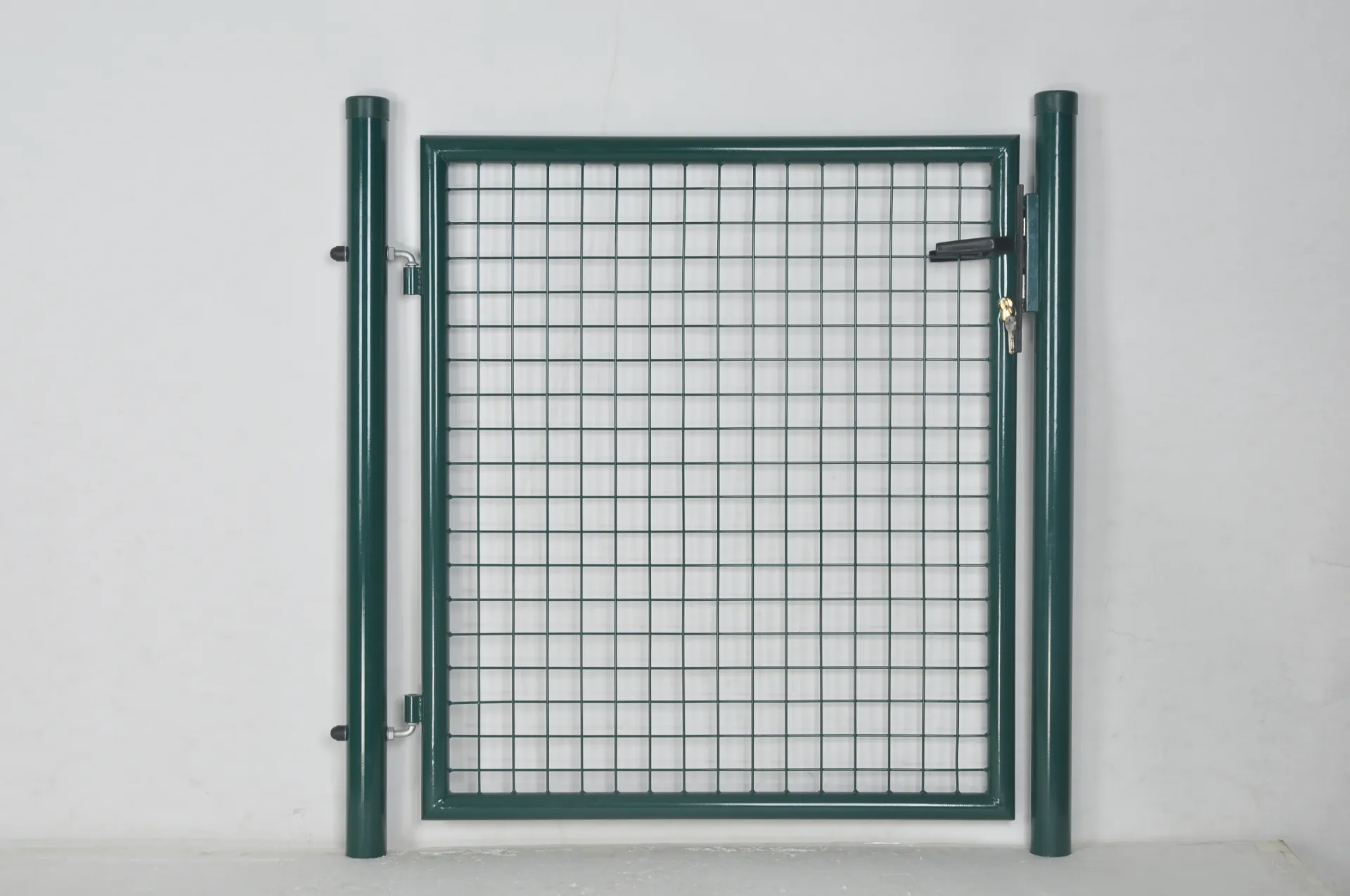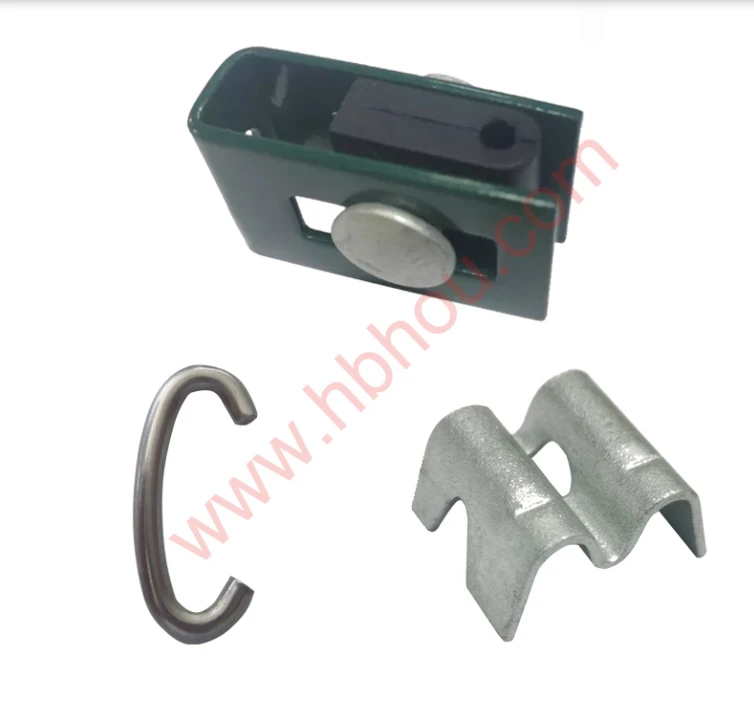

In terms of maintenance, it’s imperative that a dog-proof fence retains its integrity over time. Regular inspections are recommended to spot any signs of wear or potential escape routes. Professionals advocate for the use of protective coatings on metal barriers to prevent rust, as well as regular treatment of wooden fences against rot and pests. Keeping landscape features, such as bushes or trees, clear from the fence line also prevents dogs from leveraging them as escape aids. Moreover, creating a secure yet stimulating environment within the fenced area is vital for a dog's well-being. Enrichment activities and designated play areas inside the fence can deter escape-focused behaviors. Consulting with veterinarians for behavioral insights or engaging with professional dog trainers for additional strategies enhances the practicality of any dog-proof fencing solution. Ultimately, the authority in choosing and maintaining a dog-proof fence springs from the marriage of practical design and expert insight. Trustworthy resources, such as pet care experts and fencing professionals, supply invaluable advice tailored to specific dog breeds, behavior patterns, and property layouts. Engaging with community networks and online dog care forums can also provide real-life experiences from pet owners who have navigated similar challenges. In conclusion, the investment in a dog-proof fence is not merely a response to containment needs but an enhancement of a pet’s lifestyle and security. By integrating professional advice and personal insights, you ensure that your dog remains safe, secure, and content within the bounds of your property, reinforcing a commitment to responsible pet ownership.
















